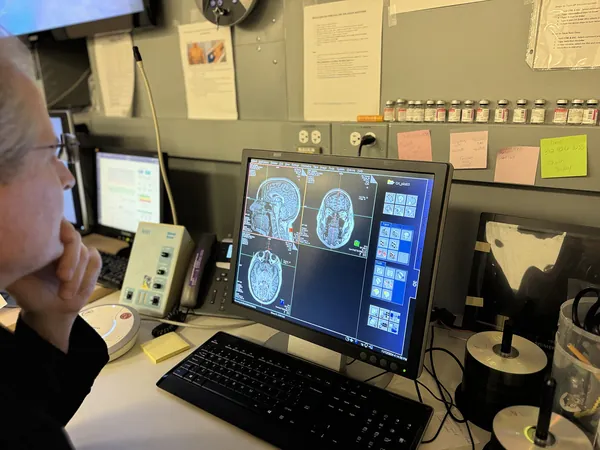
Revolutionary Carbon Capture Method in Fish Farms Could Save Our Planet!
2024-12-17
Author: John Tan
Groundbreaking Study
In a groundbreaking study recently published in *Nature Food*, scientists are unveiling an innovative approach to carbon capture that could significantly diminish greenhouse gas emissions from fish farms while combating climate change.
Research Leadership
This research, led by Mojtaba Fakhraee at Yale University, showcases a model that promises to tackle rising global temperatures in a cost-effective manner.
Importance of Carbon Capture
As global leaders strive to limit temperature increases to below 2 degrees Celsius in accordance with the Paris Agreement, traditional methods of emission reduction are proving inadequate.
Fakhraee emphasizes the urgent need to remove carbon from the atmosphere to maintain the critical 1.5-degree threshold. "There is no way around this point," he remarks.
Utilization of Fish Farms
The study focuses on utilizing low-oxygen aquatic environments—specifically fish farms—as potential hotspots for carbon capture.
These farms are directly impacted by human activities and present a unique opportunity to both capture CO2 and mitigate the hazardous effects of hydrogen sulfide, a toxic byproduct of aquaculture.
Innovative Model Development
Fakhraee, in collaboration with noted Earth and planetary sciences professor Noah Planavsky, developed a model that enhances alkalinity production through the formation of iron sulfide.
This innovative process could allow for the capture of over 100 million metric tons of CO2 annually, primarily benefiting countries with extensive fish farming operations like China and Indonesia.
In fact, the researchers estimate that China alone could sequester nearly 100 million metric tons of CO2 per year.
Benefits to the Aquaculture Industry
"This model not only aids in carbon capture but also improves fish farming sustainability," Fakhraee explains.
The reduction of hydrogen sulfide concentrations can lead to healthier fish populations, lower mortality rates, and ultimately boost profitability within the aquaculture industry.
Long-term Carbon Storage
Perhaps the most exciting aspect of this model is its potential for long-term carbon storage.
Fakhraee notes that the carbon captured through this method could remain stored for thousands of years—far exceeding the typical atmospheric lifespan of CO2.
Conclusion and Future Directions
While this research presents a promising avenue for carbon capture, Fakhraee cautions that it's just one of many strategies we need to explore.
However, its ability to simultaneously benefit the environment and the fish farming industry makes it a standout solution.
"This is just one possible pathway for carbon capture at a significant scale," he concludes. "The co-benefit for this specific pathway is that it would help neutralize carbon emissions from fish farms, resulting in a more sustainable fish industry."
As the clock ticks down to avert climate catastrophe, innovations like this could be pivotal in the global effort to achieve a sustainable future.
Keep an eye on this developing story, as the implications of this study could reshape both environmental practices and the fishing industry for years to come!



 Brasil (PT)
Brasil (PT)
 Canada (EN)
Canada (EN)
 Chile (ES)
Chile (ES)
 España (ES)
España (ES)
 France (FR)
France (FR)
 Hong Kong (EN)
Hong Kong (EN)
 Italia (IT)
Italia (IT)
 日本 (JA)
日本 (JA)
 Magyarország (HU)
Magyarország (HU)
 Norge (NO)
Norge (NO)
 Polska (PL)
Polska (PL)
 Schweiz (DE)
Schweiz (DE)
 Singapore (EN)
Singapore (EN)
 Sverige (SV)
Sverige (SV)
 Suomi (FI)
Suomi (FI)
 Türkiye (TR)
Türkiye (TR)